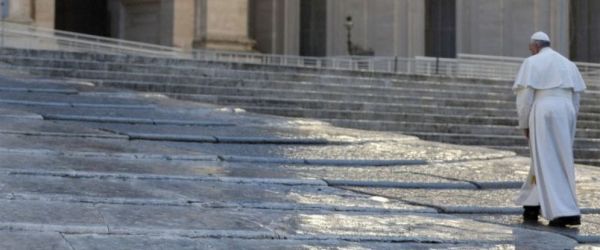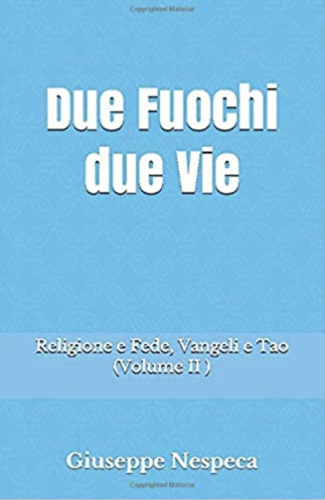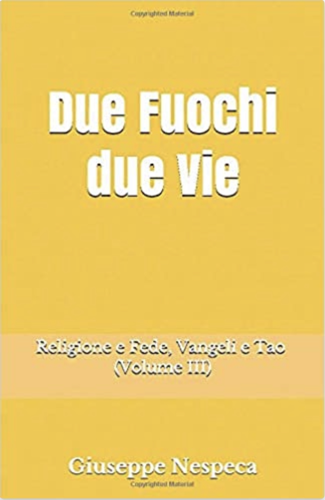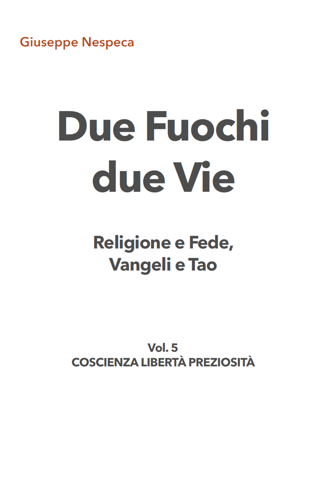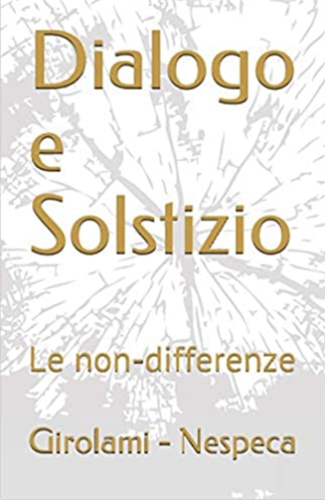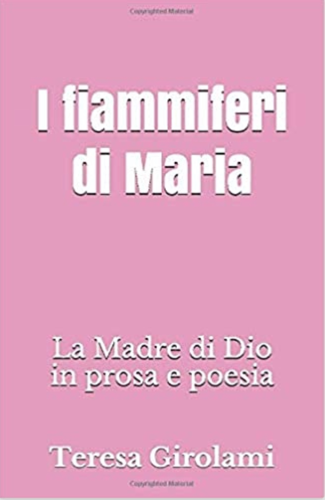Making "the sign of the cross" distractedly and flaunting "the symbol of Christians" as if it were "the badge of a team" or "an ornament", perhaps with "precious stones, jewels and gold", has nothing to do with "the mystery" of Christ. So much so that Pope Francis suggested an examination of conscience precisely on the cross, to verify how each of us carries the only true "instrument of salvation" in our daily lives. Here are the lines of reflection that the Pontiff proposed in the Mass celebrated Tuesday morning, 4 April, at Santa Marta.
"It attracts attention," he immediately pointed out, referring to the passage from the evangelist John (8, 21-30), "that in this brief passage of the Gospel three times Jesus says to the doctors of the law, to the scribes, to some Pharisees: 'You will die in your sins'". He repeats this "three times". And "he says this," he added, "because they did not understand the mystery of Jesus, because their hearts were closed and they were not able to open a little, to try to understand that mystery that was the Lord". In fact, the Pope explained, 'to die in one's sin is an ugly thing: it means that everything ends there, in the filth of sin'.
But then "this dialogue - in which three times Jesus repeats 'you will die in your sins' - continues and, at the end, Jesus looks back at the history of salvation and reminds them of something: 'When you have raised up the son of man, then you will know that I am and that I do nothing of myself'". The Lord says precisely: "when you have lifted up the son of man".
With these words - said the Pontiff, referring to the passage from the book of Numbers (21, 4-9) - "Jesus brings to mind what happened in the desert and what we heard in the first reading". It is the moment when "the bored people, the people who cannot endure the journey, turn away from the Lord, spit on Moses and the Lord, and find those snakes that bite and cause death". Then "the Lord tells Moses to make a bronze serpent and raise it up, and the person who suffers a wound from the serpent, and who looks at the bronze one, will be healed".
"The serpent," the Pope continued, "is the symbol of the evil one, it is the symbol of the devil: it was the most cunning of animals in the earthly paradise. Because "the serpent is the one who is capable of seducing with lies", he is "the father of lies: this is the mystery". But then "must we look to the devil to save us? The serpent is the father of sin, the one who made mankind sin". In reality, "Jesus says: 'When I am lifted up on high, all will come to me'. Obviously this is the mystery of the cross".
"The bronze serpent healed," Francis said, "but the bronze serpent was a sign of two things: of the sin made by the serpent, of the serpent's seduction, of the serpent's cunning; and also it was a sign of the cross of Christ, it was a prophecy. And "for this reason the Lord says to them: 'When you have lifted up the son of man, then you will know that I am'". So we can say, said the Pope, that "Jesus 'became a serpent', Jesus 'became sin' and took upon himself the filth all of humanity, the filth all of sin. And he "became sin", he made himself lifted up so that all people could look upon him, people wounded by sin, us. This is the mystery of the cross and Paul says it: 'He became sin' and took on the appearance of the father of sin, the cunning serpent'.
"Whoever did not look upon the bronze serpent after being wounded by a serpent in the desert," the Pontiff explained, "died in sin, the sin of murmuring against God and against Moses". In the same way, 'whoever does not recognise in that uplifted man, like the serpent, the power of God who became sin in order to heal us, will die in his own sin'. Because 'salvation comes only from the cross, but from this cross that is God made flesh: there is no salvation in ideas, there is no salvation in good will, in the desire to be good'. In reality, the Pope insisted, "the only salvation is in Christ crucified, because only he, as the bronze serpent meant, was able to take all the poison of sin and healed us there".
"But what is the cross for us?" is the question posed by Francis. "Yes, it is the sign of Christians, it is the symbol of Christians, and we make the sign of the cross but we don't always do it well, sometimes we do it like this... because we don't have this faith to the cross," the Pope pointed out. The cross, then, he said, "for some people is a badge of belonging: 'Yes, I wear the cross to show that I am a Christian'". And 'it looks good', however, 'not only as a badge, as if it were a team, the badge of a team'; but, Francis said, 'as the memory of the one who became sin, who became the devil, the serpent, for us; he lowered himself to the point of total annihilation'.Moreover, it is true, 'others carry the cross as an ornament, they carry crosses with precious stones, to be seen'. But, the Pontiff pointed out, "God said to Moses: 'He who looks at the serpent will be healed'; Jesus says to his enemies: 'When you have lifted up the son of man, then you will know'". In essence, he explained, 'those who do not look upon the cross, thus, in faith, die in their sins, will not receive that salvation'.
"Today," the Pope relaunched, "the Church proposes to us a dialogue with this mystery of the cross, with this God who became sin, out of love for me". And "each of us can say: 'out of love for me'". So, he continued, it is appropriate to ask ourselves: 'How do I carry the cross: as a reminder? When I make the sign of the cross, am I aware of what I am doing? How do I carry the cross: only as a symbol of belonging to a religious group? How do I carry the cross: as an ornament, like a jewel with many golden precious stones?". Or "have I learnt to carry it on my shoulders, where it hurts?".
"Each one of us today," the Pontiff suggested at the conclusion of his meditation, "look at the crucifix, look at this God who became sin so that we might not die in our sins, and answer these questions that I have suggested to you.
[Pope Francis, St. Martha, in L'Osservatore Romano 4 April 2017]



